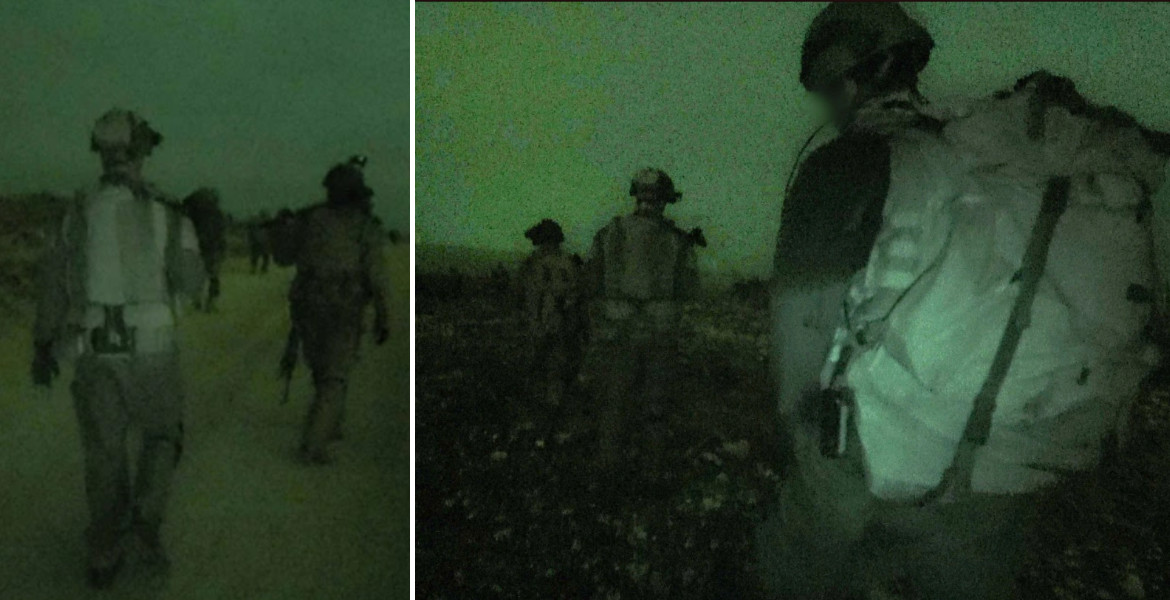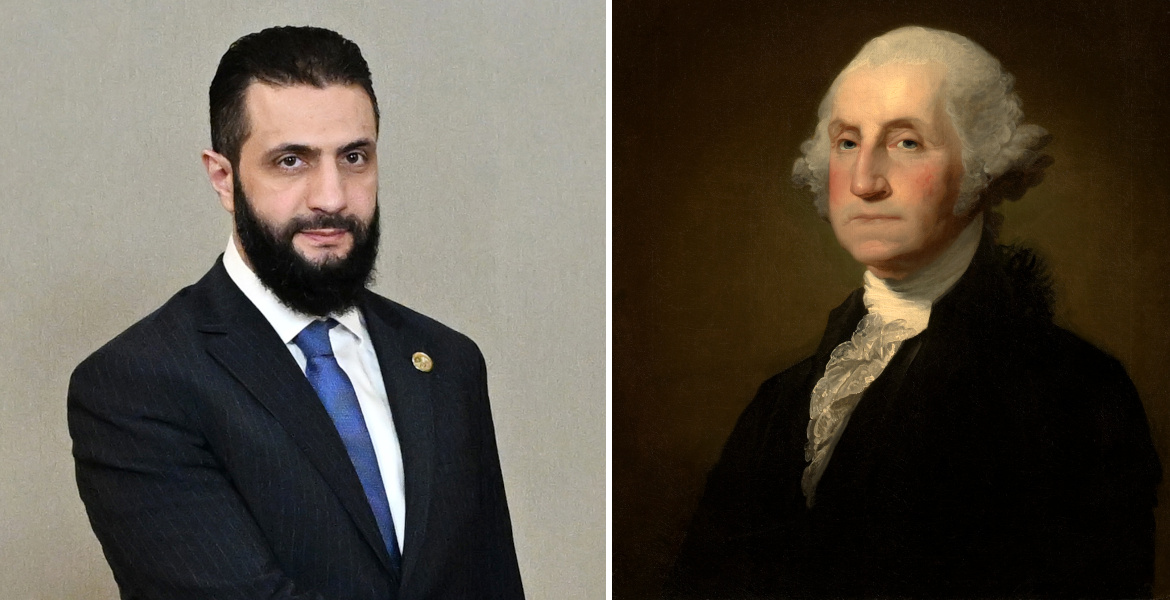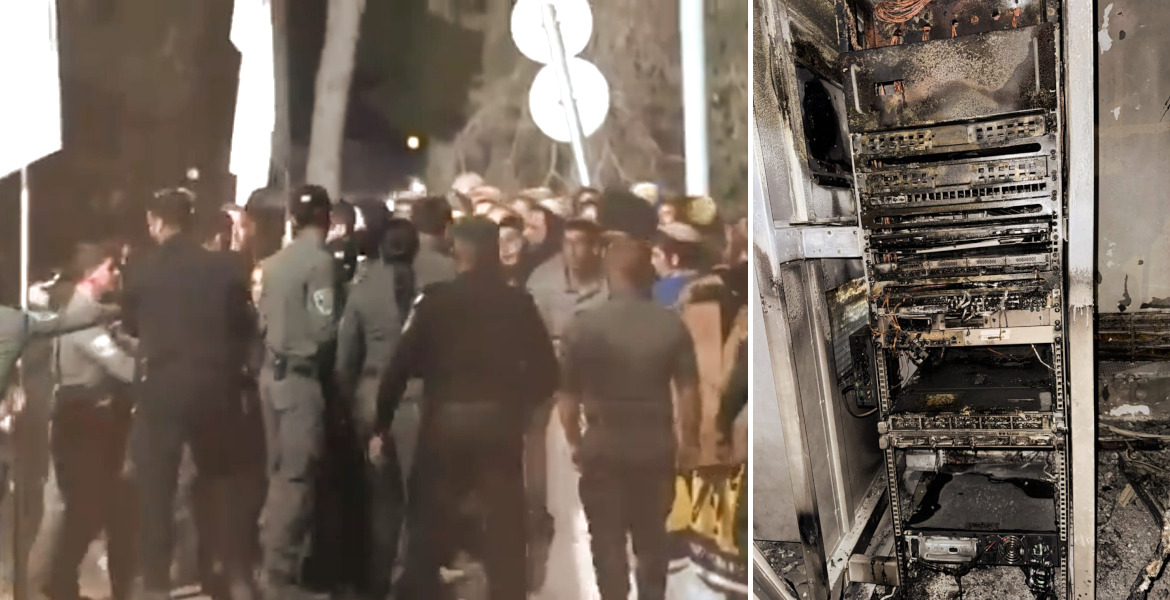The fact that Syria, after years of civil war, would suddenly fall into the hands of the Islamists after a two-week offensive surprised many, as did the fact that much of Bashar al-Assad’s army seems to have simply chosen to lay down its arms and desert.
Pakistani geopolitical analyst Moshin Ali points out that there were several key factors that made the Islamists’ success possible, and that they took advantage of the region’s instability to conquer the country.
For 55 years, the al-Assad family has ruled Syria, and although the civil war began in 2011, in recent years it has been relatively calm, with only minor confrontations and skirmishes between various militant groups and government forces.
How was the HTS able to capture #Syria in a couple of weeks? What changed? (Thread)
What factors led to the quick downfall of #Asad.
A short analysis. pic.twitter.com/ZFm4eRdisY
— Mohsin Ali (@Mohsin_o2) December 9, 2024
Ali explains that in the past, the Syrian regime could have relied on allies such as Iran, Russia or Lebanese Hezbollah to fight the mainly Islamist militias and terrorist groups that have tried to take control of the country – but that this was not an option this time.
“The rebels recently exploited a moment of vulnerability, as the Assad’s main supporters were distracted by other wars”, he notes.
He points out that Russia, perhaps Bashar al-Assad’s most important ally, has been preoccupied with the war in Ukraine – a war that has also consumed significant military resources – and therefore did not prioritize coming to the Syrian leader’s “rescue” this time either.
War has been mostly quiet in recent years, characterized by minor skirmishes between rebels and Assad’s forces without significant shifts in control. However, the rebels recently exploited a moment of vulnerability, as the Asad’s main supporters were distracted by other wars. pic.twitter.com/tlbFQK4sld
— Mohsin Ali (@Mohsin_o2) December 9, 2024
Cracks and divisions
“Unlike the 2014 intervention in Syria to support Assad, Putin’s focus, along with most of Russia’s military assets including jets, troops, & mercenaries, is now directed towards Ukraine”, Ali continues.
“Meanwhile Iran’s capabilities have been severely limited by its intensified conflict with Israel over the past year. Hezbollah, Iran’s primary proxy that previously supported Assad, has suffered significant losses due to relentless Israeli military actions and airstrikes”, he continues.
He also highlights how there have long been deep fissures and widespread divisions within the Syrian regime, leading to low morale and corruption among government forces, which effectively meant that the nominally 700,000-strong Syrian National Army fell apart in just two weeks.
Other than these external factors, one of the main causes that people seem to ignore is the cracks with the Asad’s regime which led to low moral, Corruption among the government forces due to which the 700k strong Syrian national army fell apart within 2 weeks of the assault. pic.twitter.com/Q47gefOiiZ
— Mohsin Ali (@Mohsin_o2) December 9, 2024
“Used the vacuum”
“Rebels used that vacuum to advance in Syria, and their calculation paid off; an offensive that might have led to another months-long eruption in hostilities instead took days, ending with a march into the capital that was met with little resistance“, the Pakistani analyst writes.
Rebels used that vacuum to advance in Syria, and their calculation paid off; an offensive that might have led to another months-long eruption in hostilities instead took days, ending with a march into the capital that was met with little resistance. pic.twitter.com/2051uCCco3
— Mohsin Ali (@Mohsin_o2) December 9, 2024
The Islamist HTS has already started to dismantle Assad’s government infrastructure and to prepare to set up its own government. At the same time, the civil war is not over as other militant groups, such as the Kurdish SDF and the Turkish-funded SNA forces, also want to take control of parts of the country.
Now the rebels (HTS) have started to dismantle the Asad’s government infrastructure and setting up their own government but the war in Syria is not over as SDF (Kurds) and the Turkish backed SNA forces are clashing over the city of Manbij and Kobane. pic.twitter.com/r46d6012Om
— Mohsin Ali (@Mohsin_o2) December 9, 2024
Israel has also taken the opportunity to invade Syria in connection with the fall of Assad, and it is currently unclear what kind of regime will take control of the country – or whether it will instead be fragmented and fall to different groups and actors.
No money for salaries
Other analysts have pointed out that the Syrian government has been under severe economic pressure for years – as many of the country’s important oil fields have long been under US-Kurdish control, while the country has been subjected to very tough sanctions from both the West and other Arab states, and has not been granted any significant foreign loans.
In short, this has meant that extreme poverty has spread across large parts of the country, with as many as 90% of the population now estimated to be living below the poverty line, while malnutrition is a major problem.
In the end, Bashar al-Assad reportedly did not even have the money to pay all his soldiers’ salaries, which made them unmotivated and led many to either abandon their posts at the slightest resistance – or simply join the invading enemy instead.
It should also be noted that several of the Islamist and other militant groups involved in the conquest of Syria and the overthrow of Assad have historically or recently been funded by the United States, Turkey, Israel and the Gulf States, among others – all of which have significant geopolitical and economic interests in the country.







